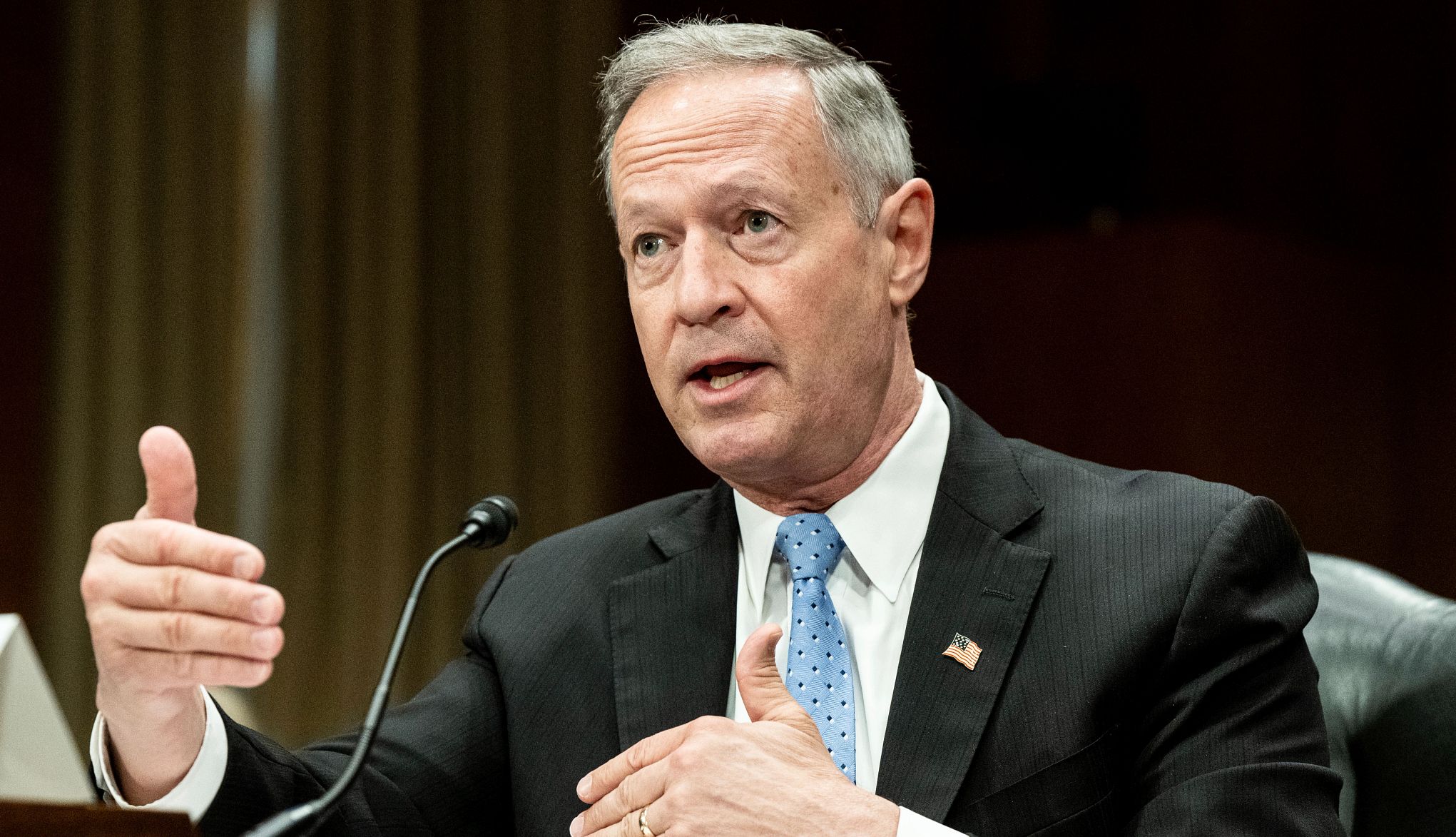AARP Hearing Center
Andy Markowitz,
The Social Security Administration (SSA) has dropped a long-standing policy of counting financial help from friends or family for buying food as income that affects eligibility and payment amounts for Supplemental Security Income (SSI) — part of a suite of changes to the program that could boost benefits for hundreds of thousands of economically vulnerable older adults and people with disabilities.
The regulations, which took effect Sept. 30, involve in-kind support and maintenance, or ISM, the SSA's term for help paying for basic necessities from someone other than a spouse you live with. The agency considers ISM a form of income, and income is a key factor in determining eligibility and payment levels for SSI, a Social Security-administered safety-net benefit for people who are 65 and older, blind or have another disability.
Under rules established in 1972 when Congress enacted the SSI program and placed it under Social Security’s purview, ISM included assistance from friends or relatives in paying for food and shelter. As of Sept. 30, food aid is no longer part of the in-kind calculation and no longer counts as income for SSI purposes.
“These changes will help more people access crucial SSI benefits,” Social Security Commissioner Martin O’Malley said in a Sept. 30 statement. “By simplifying and expanding our policies, we are making SSI smarter, removing barriers to accessing payments, and reducing the burden on the public and agency staff.”


New rules may raise payments
The new rules could mean bigger payments for some of the nearly 800,000 people whose SSI benefits are reduced by as much as a third because they get help from friends or relatives to pay for basic needs.
For example, the SSA says eliminating food from the definition of ISM will increase monthly payments by an average of $131 for more than 90,000 current recipients and add an estimated 26,000 people who would not qualify under the old rules to the SSI rolls through 2033.
It could also simplify a particularly onerous element of SSI administration that requires Social Security workers to spend time and resources delving into the details of millions of current and potential beneficiaries’ living arrangements.
“When you consider that the [SSI] benefit itself is below the poverty level, applying a one-third reduction on it because of ISM is a hardship for the beneficiaries,” says Jack Smalligan, a senior policy fellow at the Urban Institute’s Income and Benefits Policy Center. “And it’s also very expensive for SSA to administer this.”







































































